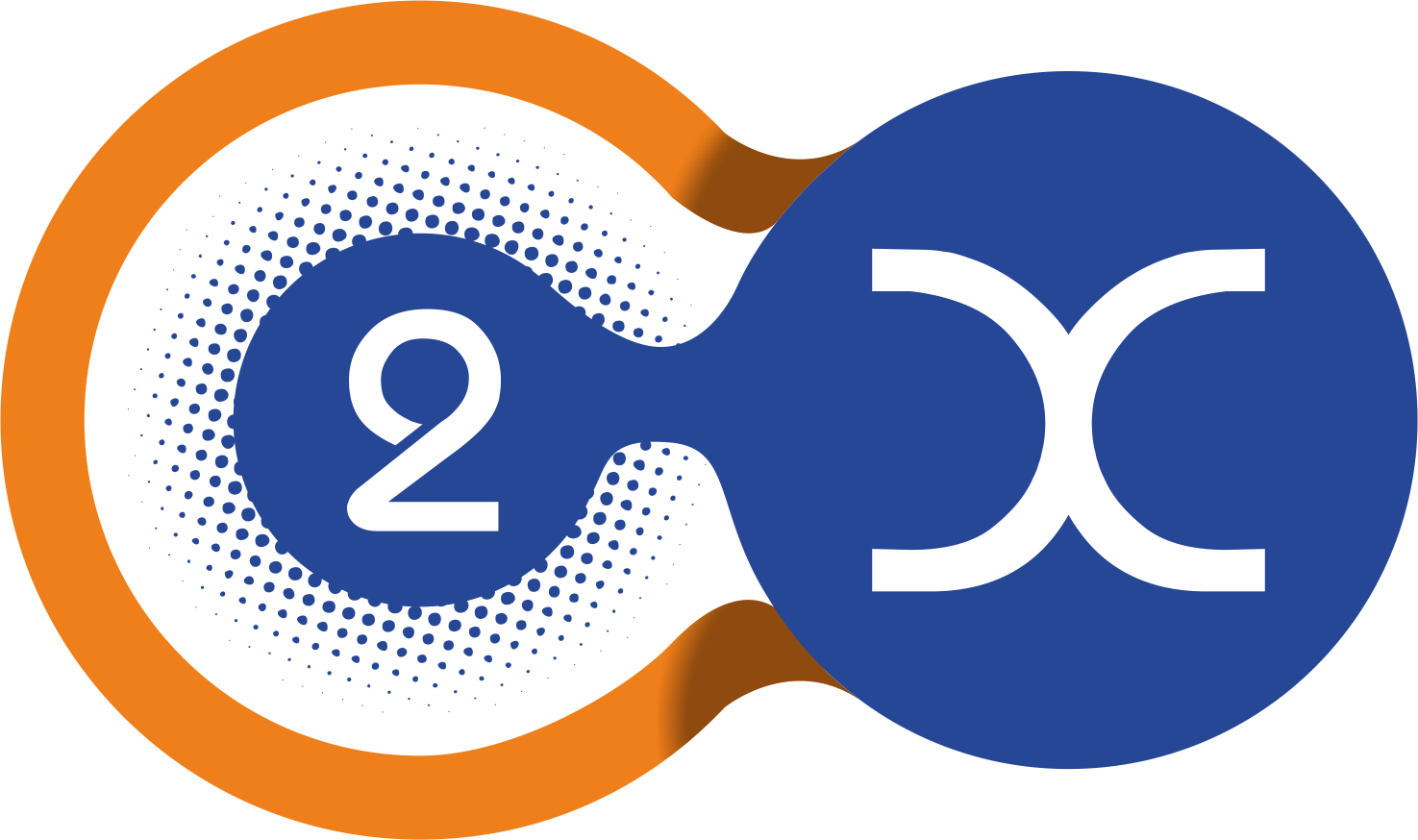
Diversity and inclusion play a crucial role in the design thinking process, as they help to ensure that solutions are developed with a wide range of perspectives in mind. By embracing diversity and promoting inclusivity, design thinking can help create solutions that are more effective, equitable, and relevant to a diverse range of users.
Here are a few ways that diversity and inclusion can impact the design thinking process:
- Broader Perspective: By including people from different backgrounds and perspectives, design thinking can help to uncover new and innovative solutions that would not have been possible with a more homogenous group. This can lead to more well-rounded and effective solutions.
- User-Centered Design: Design thinking is centered on understanding the needs and experiences of the user. By embracing diversity and including a range of perspectives, design thinking can help ensure that solutions are developed with a wide range of users in mind.
- Improved Problem-Solving: Diversity brings different experiences, skills, and perspectives to the table, which can lead to more creative and effective problem-solving. By promoting diversity and inclusion in the design thinking process, organizations can tap into a wider pool of talent and expertise.
- Increased Engagement: When people feel included and valued, they are more likely to be engaged and invested in the process. By promoting diversity and inclusion in design thinking, organizations can foster a more collaborative and engaging work environment.
- Addresses Unconscious Bias: Unconscious bias can lead to solutions that are not equitable or relevant to a diverse range of users. By promoting diversity and inclusion in design thinking, organizations can help to address and mitigate unconscious bias, leading to more equitable and effective solutions.
In conclusion, diversity and inclusion are critical components of the design thinking process. By embracing diversity and promoting inclusivity, design thinking can help create solutions that are more effective, equitable, and relevant to a diverse range of users. Organizations that prioritize diversity and inclusion in their design thinking processes are likely to be more innovative, creative, and successful.




